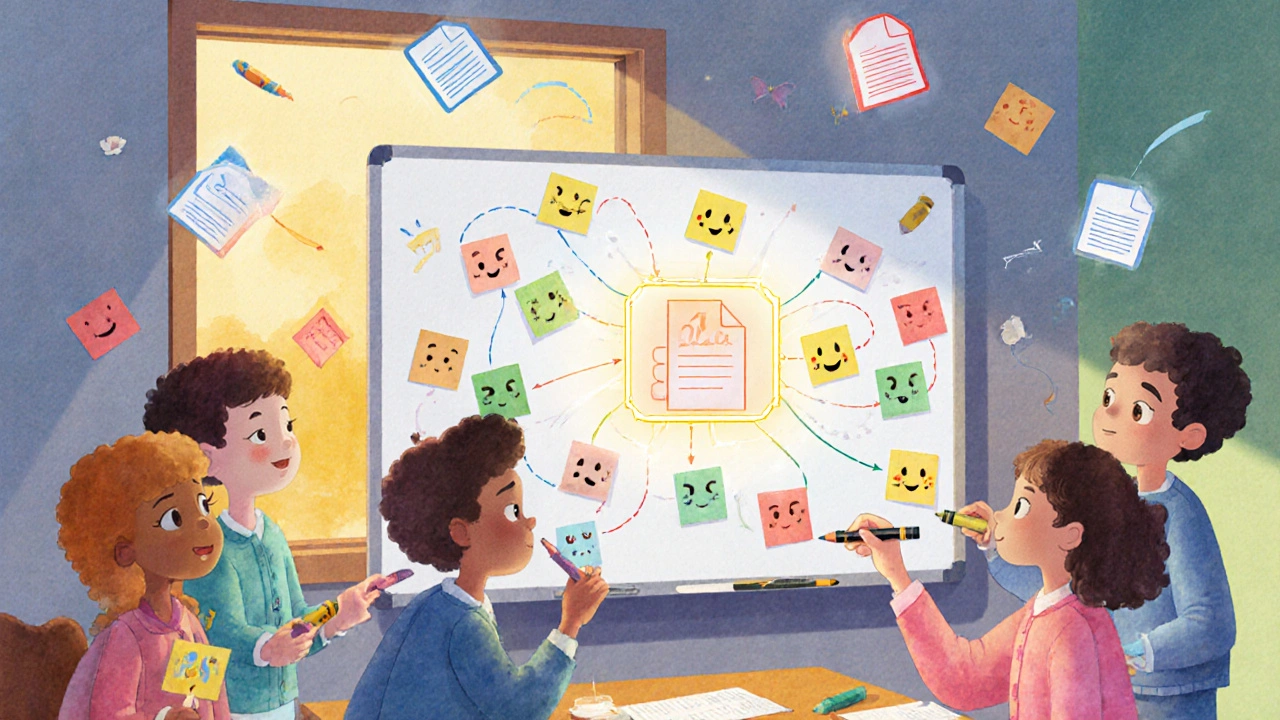UC Co-Authoring: Collaborative VoIP Features for Teams
When you work with UC co-authoring, a feature in unified communications systems that lets multiple users jointly manage calls, messages, and tasks in real time. Also known as collaborative call handling, it turns isolated phone calls into shared workflows where team members can pick up, transfer, annotate, or log interactions without switching apps. This isn’t just about forwarding calls—it’s about making sure the right person has the right context at the right time, whether you’re in the office, at home, or on the road.
UC co-authoring relies on unified communications, an integrated system that combines VoIP, instant messaging, video, file sharing, and CRM tools into one platform. It’s the backbone that lets your phone, chat, and task tracker talk to each other. Without it, co-authoring is just a fancy term for forwarding voicemails. But with it, a sales rep can tag a call as "interested in pricing," and the support team instantly sees that note when the customer calls back. No repetition. No confusion. No lost context. This matters most in teams that juggle high call volumes—like customer service, sales, or field support—where every second counts and mistakes cost money.
Real-world use cases? A hospital nurse uses UC co-authoring to hand off a patient’s call to a pharmacist, tagging the reason and adding a note about allergies. A remote sales team shares call recordings and CRM updates in real time, so no one has to ask, "What did they say?" A church volunteer uses it to log donation calls and assign follow-ups, all from their desk phone. These aren’t sci-fi dreams—they’re daily practices in organizations using modern VoIP systems.
What you won’t find here are vague marketing claims. You’ll find real setups: how to enable co-authoring in platforms like RingCentral, 8x8, or Microsoft Teams, what permissions you need, how to avoid accidental call hijacking, and why some teams fail because they turn it on without training. The posts below cover everything from tagging call outcomes to setting up virtual receptionists that sync with your team’s workflow. You’ll learn how to stop reinventing the wheel on every call—and start building a system where your team actually works together.
